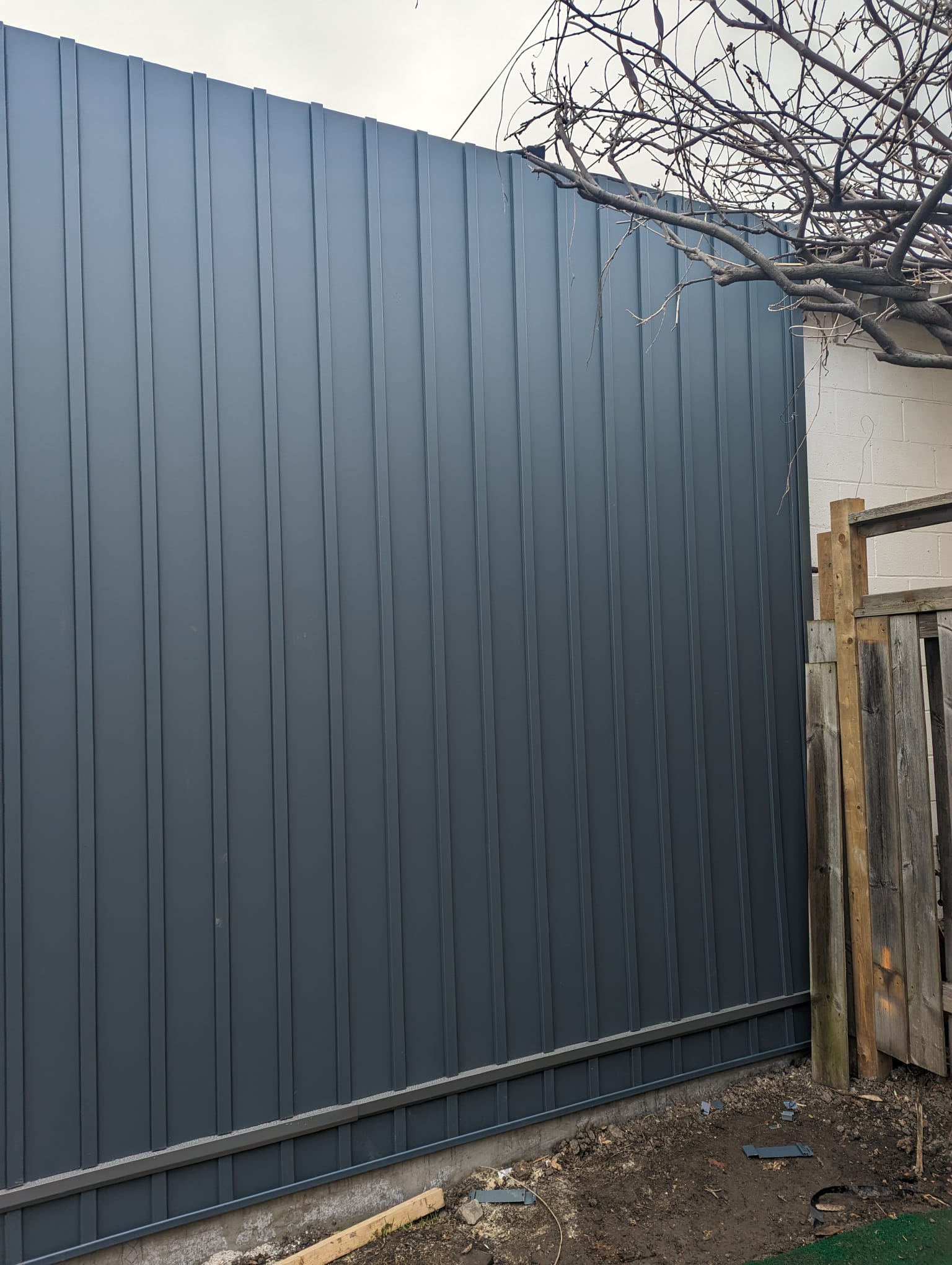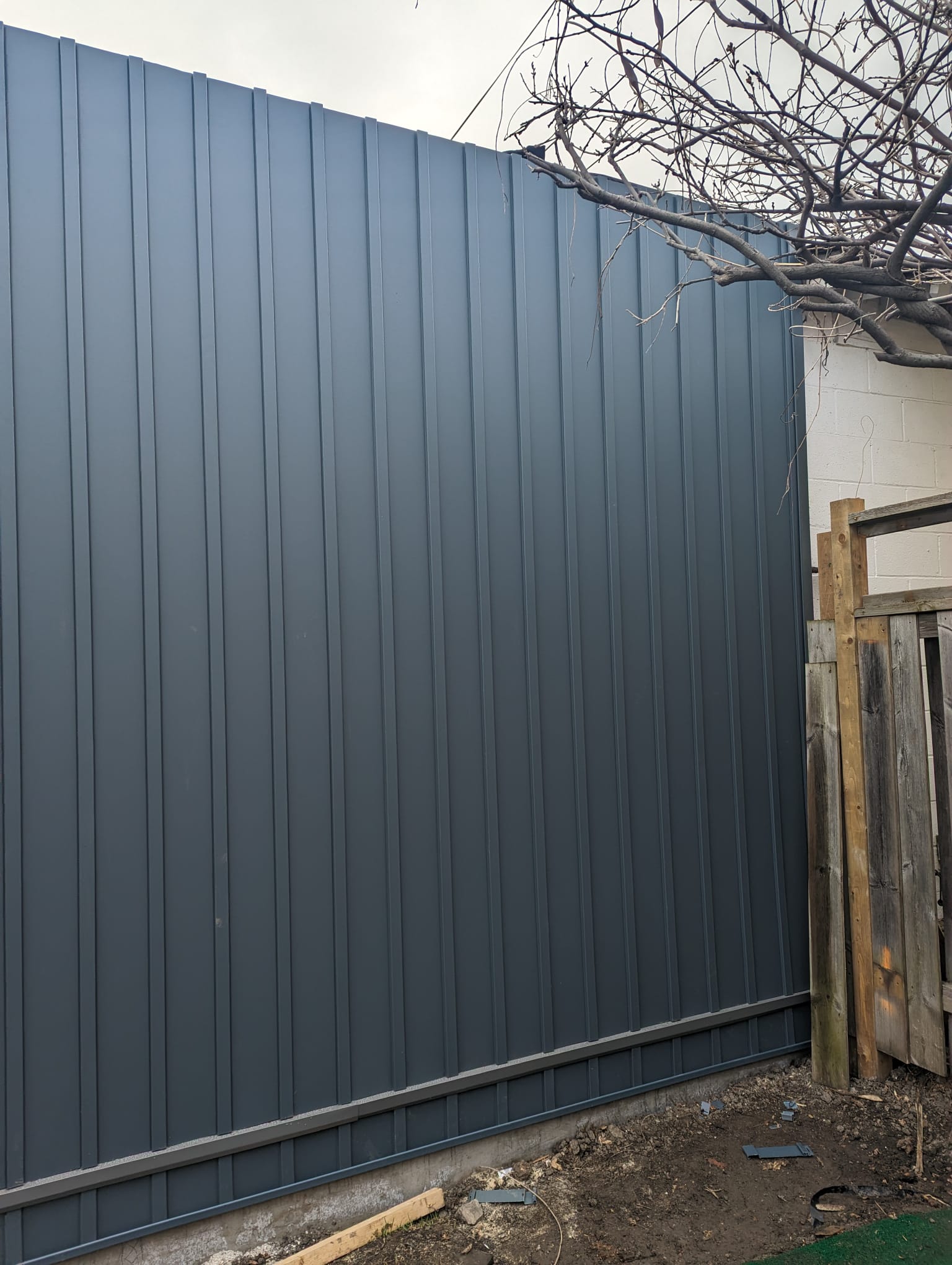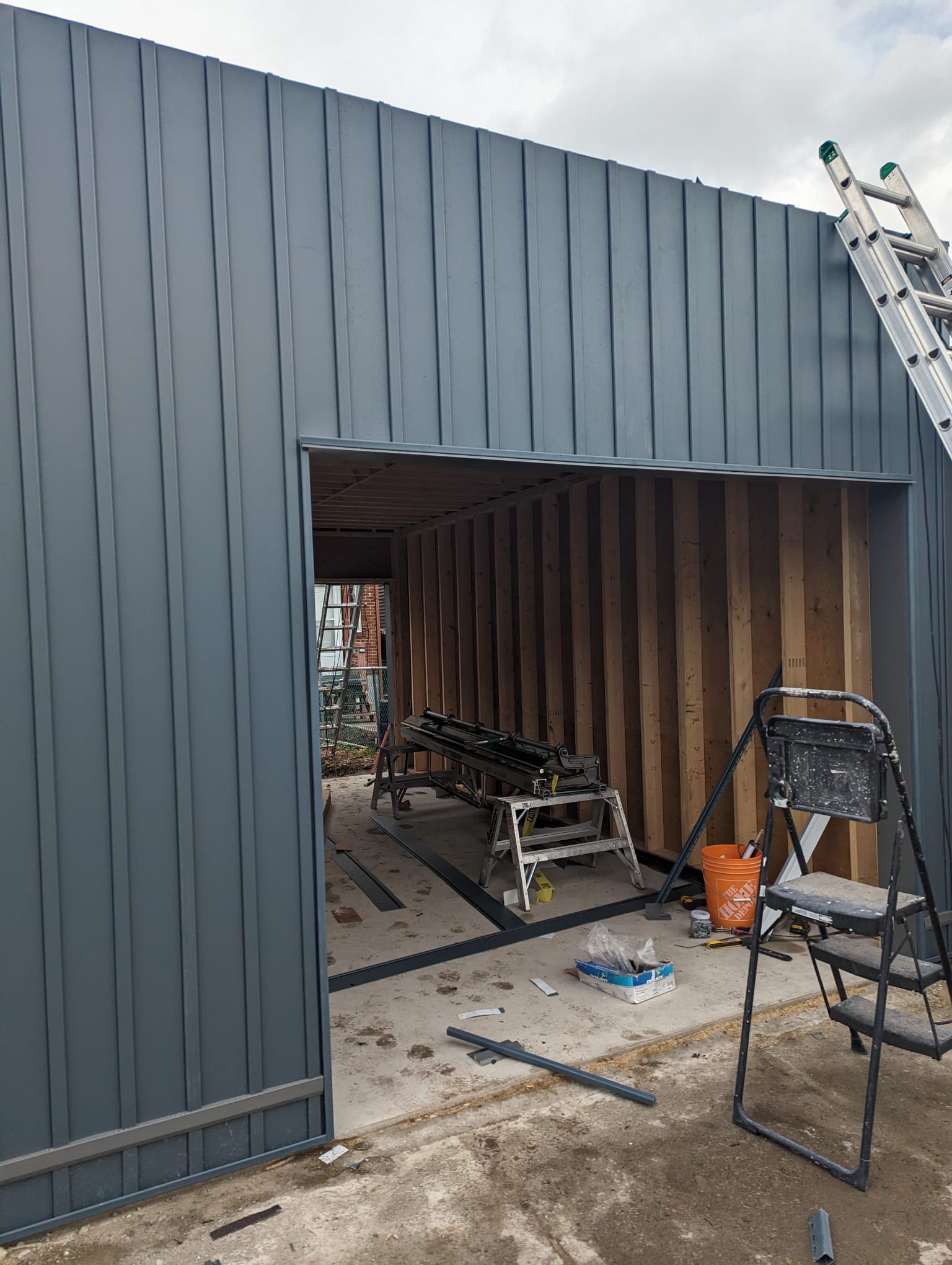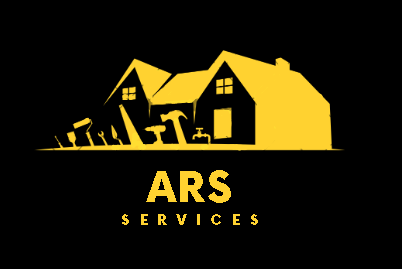Siding is a protective and decorative material used to cover the exterior walls of buildings. It serves as the outermost layer of the building envelope, shielding the interior from the elements while also contributing to the overall aesthetic appeal of the property. Siding comes in various materials, styles, and colors, offering a wide range of options for homeowners and builders.
Key characteristics of siding include:
-
Material Options: Siding materials vary in terms of durability, maintenance requirements, cost, and aesthetics. Some common siding materials include:
a. Vinyl: Lightweight, affordable, low maintenance, and available in a wide range of colors and styles. b. Wood: Traditional and natural look, but may require more maintenance to prevent weathering, rot, and pest infestations. c. Fiber Cement: Durable, fire-resistant, and can mimic the appearance of wood, stucco, or masonry. d. Aluminum: Resistant to corrosion, lightweight, and relatively low maintenance. e. Brick: Offers a classic and durable option, but it is often more expensive to install.
-
Installation: Siding is typically installed over the sheathing or the exterior wall of the building. Proper installation is crucial to ensure a weather-tight and long-lasting siding system.
-
Weather Resistance: Siding provides protection against weather elements such as rain, snow, wind, and UV radiation. The choice of siding material can significantly impact a building's resistance to weather-related damage.
-
Insulation: Some siding materials, such as insulated vinyl siding, can improve a building's energy efficiency by providing additional thermal insulation.
-
Maintenance: The maintenance requirements of siding vary based on the material used. For instance, vinyl siding generally requires less maintenance than wood siding, which may need periodic painting or staining.
-
Aesthetics: Siding plays a significant role in defining the architectural style and visual appeal of a building. Different siding styles, textures, and colors can give a property a unique and personalized look.
-
Siding Types: Various siding types are available, including horizontal siding (e.g., clapboard, Dutch lap), vertical siding (e.g., board and batten), shingles or shakes, and stone veneer siding.
Choosing the right siding material and style depends on factors such as budget, climate conditions, desired aesthetics, and maintenance preferences. It is essential to work with reputable contractors and carefully consider the specific needs of the building to ensure a durable, visually pleasing, and functional siding solution. Regular inspections and maintenance can help prolong the life and appearance of the siding, protecting the building for years to come.



